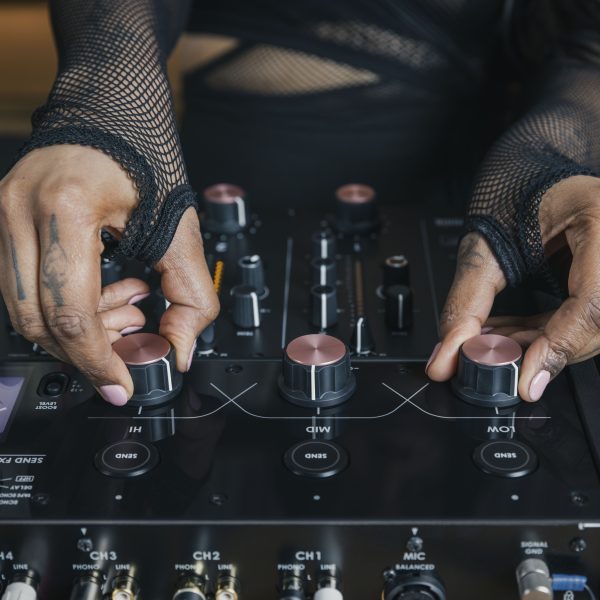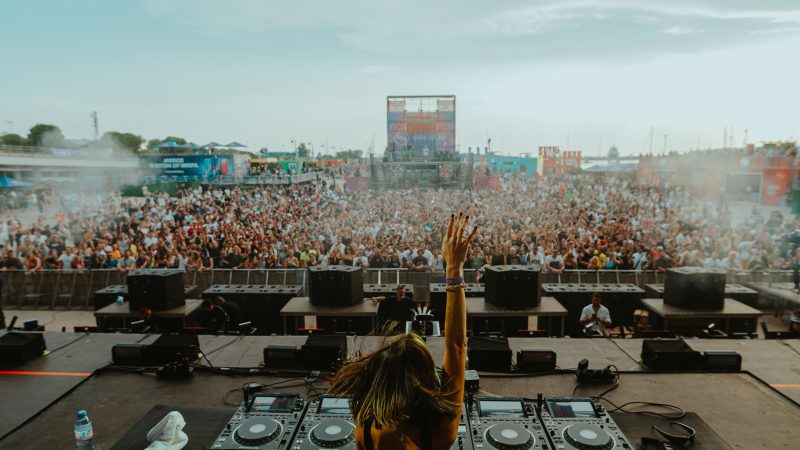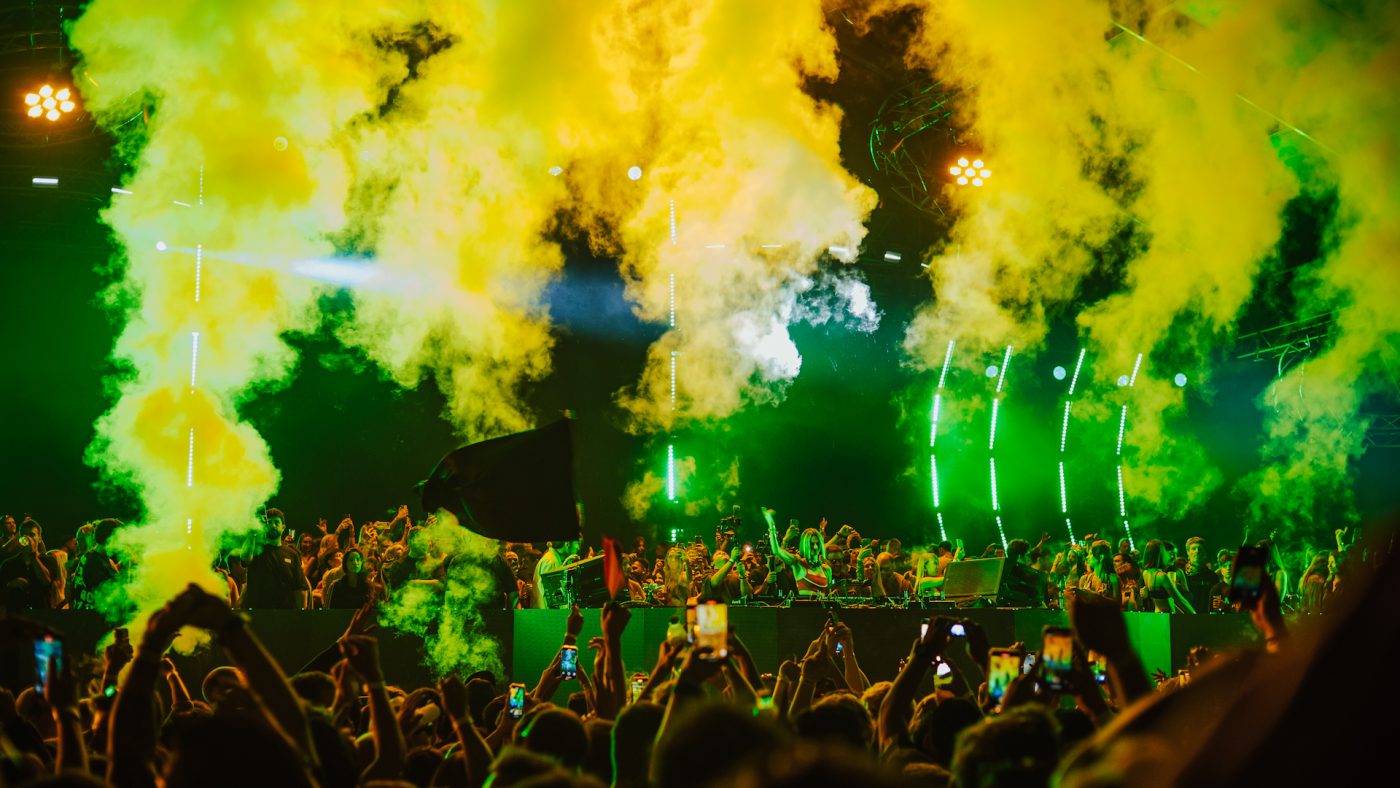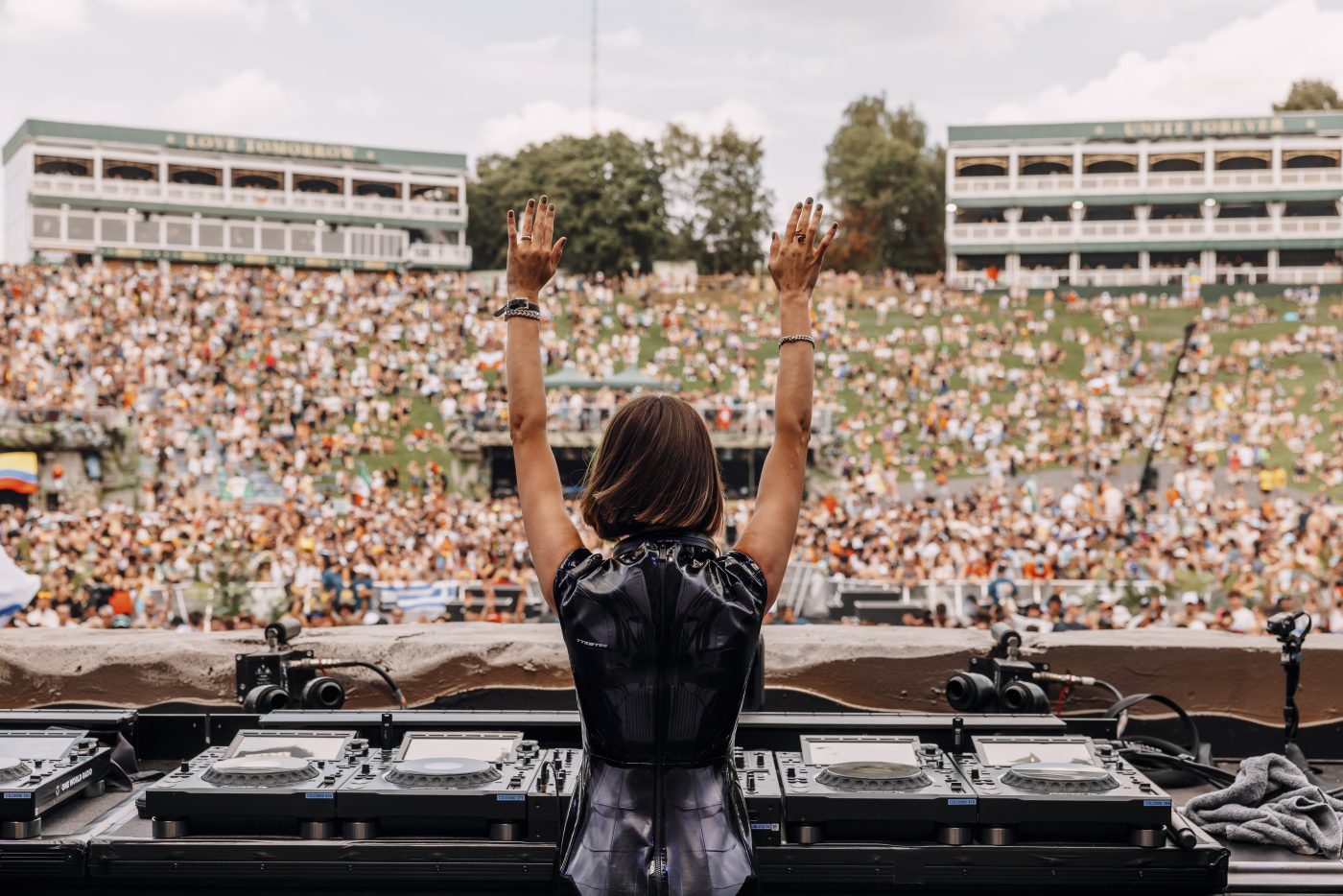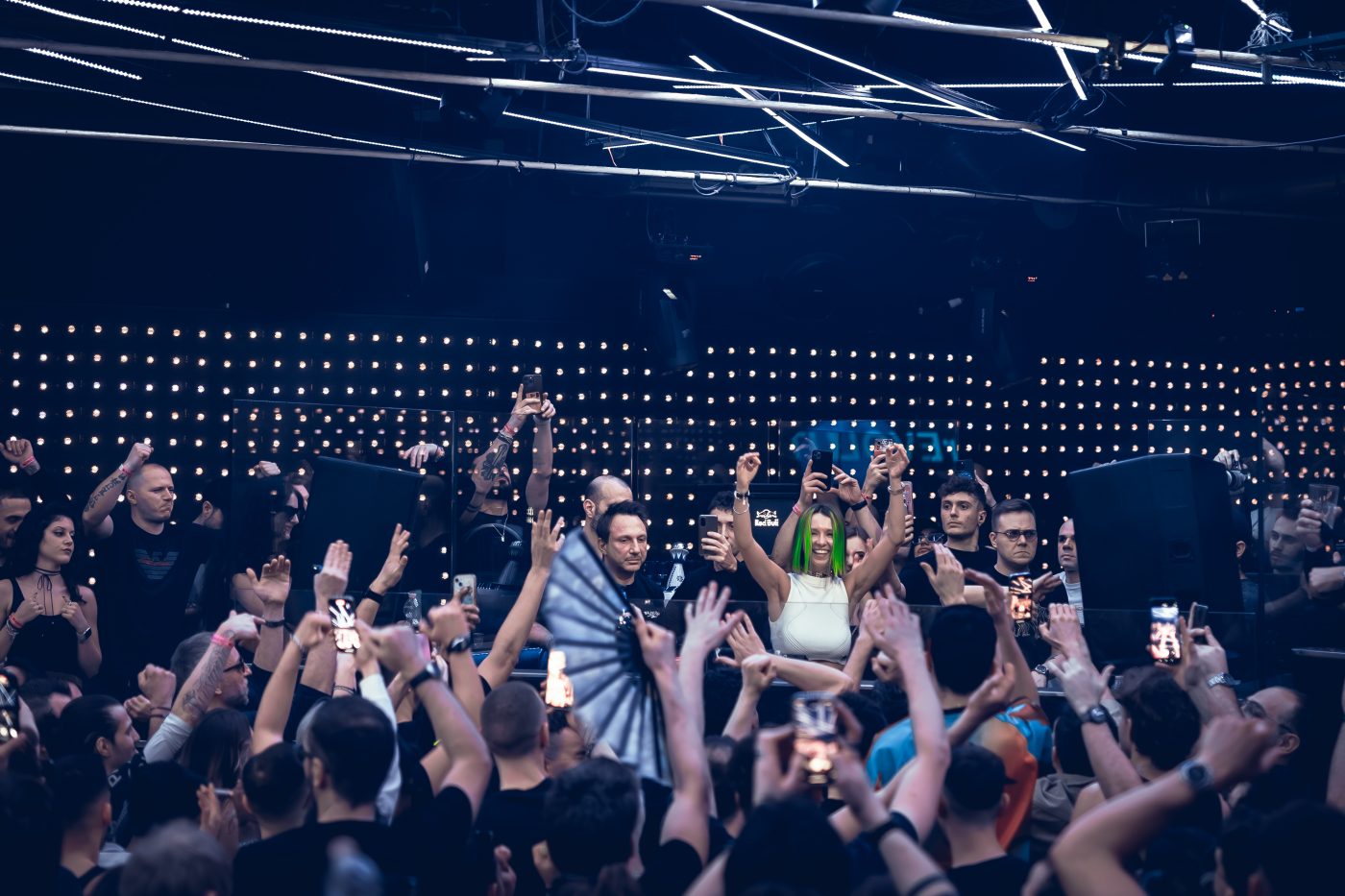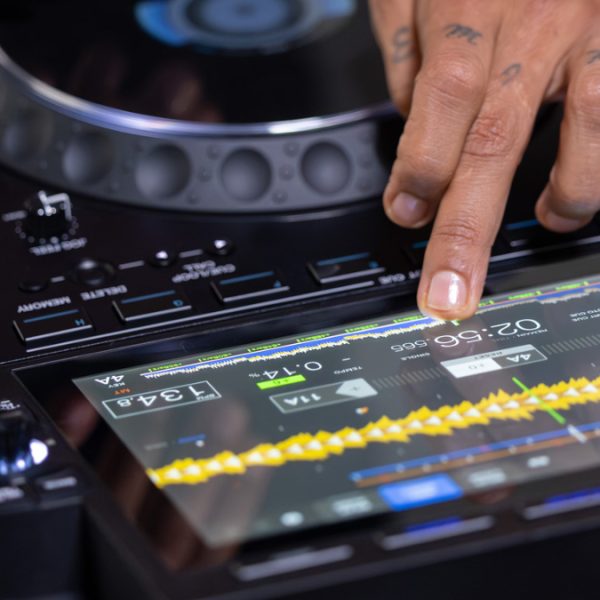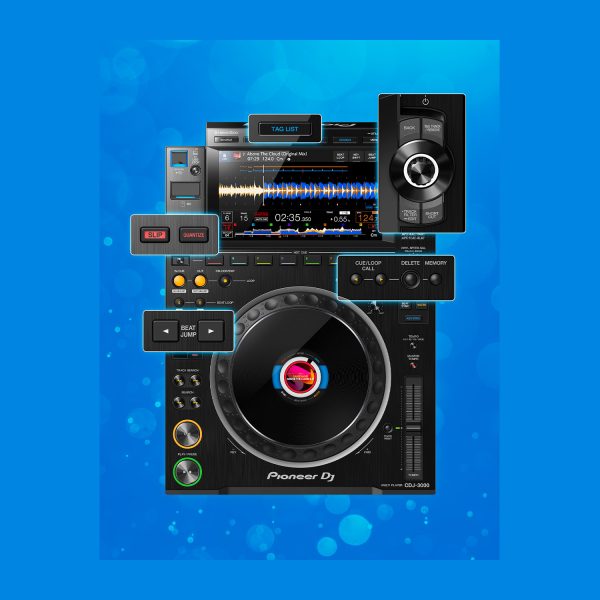Do you approach layering and transitions differently now compared to when you first started playing out?
Absolutely! I want to be honest with you—I even feel the difference compared to just one or two years ago. Last year, my schedule was so busy that I barely had time to be in the studio for DJing. Now, I’m trying to change that. I love being next to the decks, just playing and experimenting with new things in my mixing.
How important is improvisation in your sets, and how do you leave space for it when planning or preparing music?
You know, there was a time when I mixed more cautiously—I was scared to improvise, always worrying I might make a mistake. But now I’ve changed my view on that. I’d rather try something and make a mistake than stick to something boring and routine. For me, it’s much more interesting to play when I can improvise, play with people’s emotions, and capture their attention. Of course, there are some loops or ideas I might plan in advance, but I always leave space for improvisation.
How are you using the RMX-1000 in your sets?
The RMX-1000 gives me very good control of the energy in my set. I use it to make smoother transitions, build some tension, and add more atmosphere with effects like delay and echo. The isolator and release functions help me to break a track or rebuild it directly in real time, so the mix always feels alive and not the same. What I really like is how fast it reacts. It feels more like playing an instrument than just pressing buttons. Compared to normal mixer effects, the RMX-1000 gives me much more freedom and creativity when I play.
How do you keep a sense of progression and narrative when playing over multiple hours?
Sometimes I really like to play longer sets because in this case I’m telling a story with a beginning, a middle, and an end. The first hour is about building trust and atmosphere, not rushing anywhere. Then I slowly increase the energy, adding more layers, emotions, and surprises along the way. I try to read the crowd and let their reaction guide me, so the direction always feels natural. I like to keep some contrast—light and dark, deep and energetic moments —so the set never feels flat.
When you’re building energy in a set, what do you focus on? Groove, melody, atmosphere, something else?
For me, it always starts with the groove, that’s what truly connects people on the dance floor. Then I build emotion through atmosphere and melody, letting the energy grow naturally, not just through tempo. Even a small detail, like a vocal loop or deeper bassline, can completely change the mood. I love creating waves of energy, giving people moments to breathe, feel, and then explode again.
What’s your process for prepping music before a show?
I always want to know my tracks perfectly, so I listen to them many times. I also prepare some loops, acapellas, and tracks that I can blend live, depending on how the crowd feels. But I never plan a full set in advance, I prefer to leave space for spontaneity and let the moment guide me.
How do you manage your rekordbox library?
To be honest, my rekordbox library was a bit chaotic until this year. I tried to organize it by energy and mood, but new music kept coming in faster than I could sort it. Still, I somehow knew where everything was, it was like organized chaos that only made sense to me. But now I’m trying to keep it cleaner, so I started creating playlists by month and sometimes for special events.
When you’re playing a club versus a festival, what changes for you in terms of pacing and track choice? Do you think your background in online streams influenced your mixing style or track selection?
Playing in a club and at a festival feels very different. In clubs, I like to take more time, build the energy slowly, play deeper sounds, and connect with people in a more personal way. The vibe is more intimate, so small details really matter. At festivals, it’s all about strong energy and emotions. I play faster, choose more powerful tracks, mix more dynamically and try to create big moments that people will remember.
Online streams changed the way I see DJing. Without a crowd, you play more for the story and emotion, not just for energy. You start thinking about how the set feels as one whole journey. That experience helped me make my live sets more emotional and balanced, and I try to combine power with feeling.
